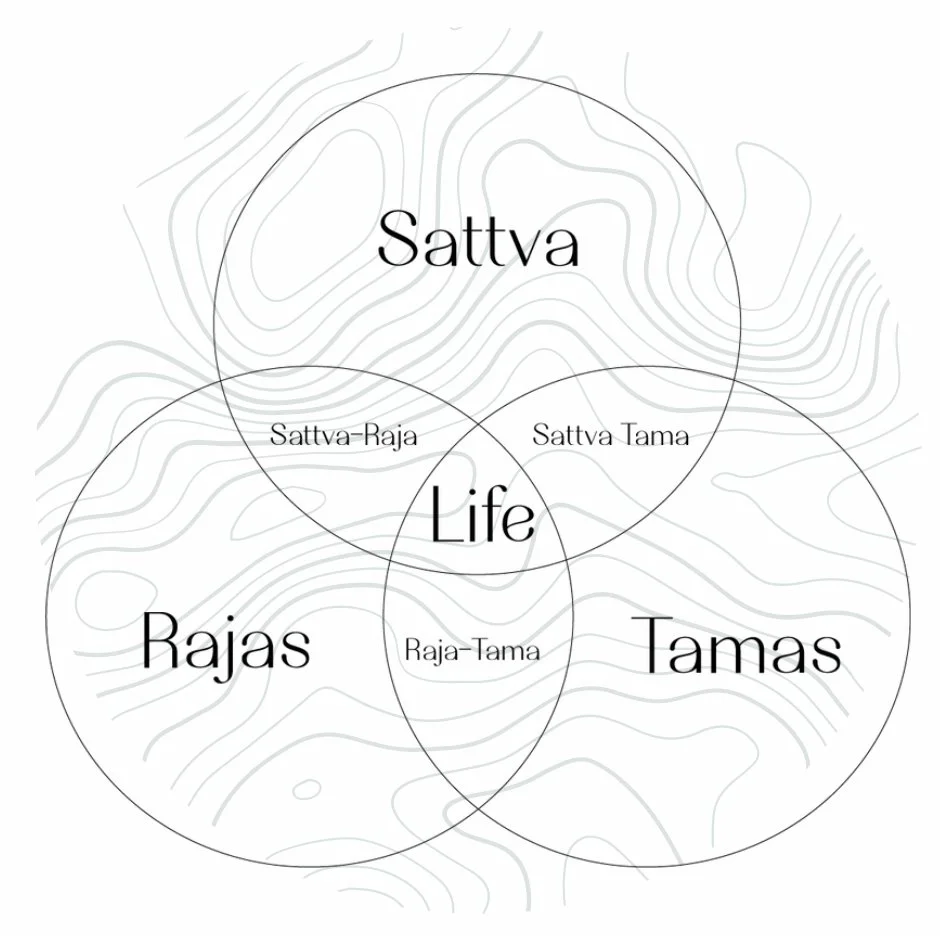How the Yoga Practice Changes
What I’ve been learning…..
Over time the practice we were once so thrilled by and aligned with starts to change and one day we either realise we need to shift and change or perhaps you’ve gradually adjusted as time has gone by.
Personally I’ve always been in awe of the die hard Ashtanga yogis who have practiced the set sequences for years on end or the kundalini yogis with their gorgeous kriyas for the dedication but also the sense of identification that seems to be associated with it. Being able to give yourself the title ‘Ashtangi Yogi’ always seemed like a level I could not obtain because, well I genuinely in full Tamas spirit couldn’t be bothered. Now in truth at one stage I was a die hard hot yoga girlie, but, I fundamentally lacked the depth of a more inclusive and broad practice, and at one stage I realised I was mainly in the hot class to lose weight and do cool arm balances, so for me I had to leave.
Every week in my classes I set a theme that helps set the tone and ground me in the teachings and this weeks theme has been ‘Resourcefulness’. It came to me when I was practicing and trying to clear my mind and I felt out of depth to support myself. Until I simply stopped, breathed, sensed into my body and shifted my perspective from one of a looping mindset, to one of curiosity for what the body and breath was feeling and sensing in the moment. And then a plethora of yoga tools opened up to me that my mind had decided to hide away until I shut the heck up and listened.
From there I read some of Donna Farhi’s ‘Bringing Yoga to Life’ and like always turned to a page that seemed dedicated to me, it was titled ‘Sloth’. To simply and quickly paraphrase the chapter goes on to discuss the Gunas; Tama’s, Raja’s and Sattva which I hadn’t incorporated into my life for a fair amount of time. So what are the Guna’s?
In Yoga Philosophy it is known that everything in this manifest world is made up of three constitutes known as the Gunas. They are Sattva, Rajas and Tamas. The Guna’s combine to form all variations of body, mind and environment. In other words “the three gunas combine with one another to support, modify, and generate all psycho, physiological and environmental content.”
Sattva: This Guna is often viewed at the Guna we aim to be in, it related to contentment, buoyancy, calmness, clarity, lightness, peace and so on. Being in this state or Guna allows us to make clear decisions, be in tune with our wisdom body (Vijnanamaykosha) and supports compassion and forgiveness.
Rajas: This Guna is related to movement, energy, activity, passion, motivation, excitement and also anger, anxiety, rage, turbulence and so on. Being ’in’ this Guna we are able to develop new relationships, be courageous, get things done, however, can also lead to confusion, anxiety, and irritation. A Raja balance looks like a healthy engagement and participation in life.
Tamas: This Guna is related to grounding, rest, stability, mass, form and also inertia, dullness, depression, dissociating, delusion, inability to act and so on. Tamas is often needed to support an overactive Raja constitute, create space for rest and ultimately reflection, and solidify new relationships and behaviours.
Throughout each and every day we will dance between the three states. The practice is to bring in more awareness and to return to a Sattva state when possible and if desirable. For example; at times of depression or dullness (Tamas), it may be useful to sit with it for a moment, allow it to be heard (this is Sattva-Tamas-awareness whilst sitting in Tamas) and overtime, to bring us out of Tamas, we will need the constitute of Rajas (movement, dance, fire, play) to enliven us, and eventually we will find a return to Sattva and the a new dance will take place.
Which Guna are you sitting in now?
So in my teachings this looks like incorporating different mudra’s, pranayama practices, philosophy and as always retuning to noticing. Everyone has the ability to pause and strengthen their ability to feel, assess and adjust. In your practice this might look like entering a pose you often find quite uncomfortable such as Trikonasana, noticing where you feel the discomfort and adjusting. For example; it feels hard to breath or find any sense of lengthening in the torso, so you may grab blocks, imagine the top ribs rolling back, the tail bone and crown of the head reaching away from each other and pressing into the back foot. The practice is not a step by step routine, rather an expressive way to live and feel.
I know I will need to return to these practices time and time again, and that nothing is permanent. I will lose my awareness at times but I also know the return is always there waiting patiently for me to surrender. The yoga practice is just that, a practice, one that will change over time, but one thing that will stay is that of returning and awakening to the sensations of life. Sometimes all we need is a breath.

